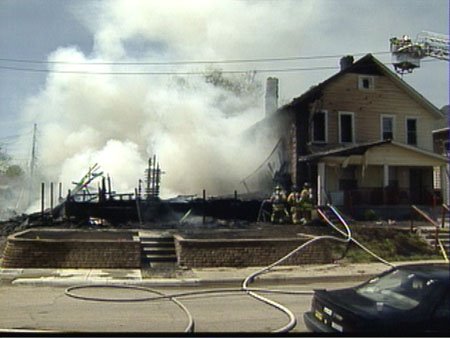Since there's not much going on and I haven't got my notes on replacement cost, I'll outline some definitions of covered injuries or damage in liability coverage.
Some helpful definitions:
- Insurer - the insurance company issuing a policy.
- Insured - the named person(s) covered by the policy.
- Tortfeasor - the person in a claim getting his booty sued.
- Claimant - the wronged person doing the suing.
- Bodily Injury - liability stemming from injury, sickness, or disease sustained by a person including death. Some courts have included emotional distress even when it does not cause physical harm.
- Personal Injury - liability stemming from libel, slander, defamation, wrongful entry or eviction, false arrest, wrongful detention or malicious prosecution. These fall under the category of intentional torts. Insurance policies will only cover listed intentional torts.
- Advertising Injury - liability stemming from libel or slander; publishing material that constitutes an invasion of privacy; misappropriation of advertising ideas; infringement of copyright, title or slogan.
- Property Damage - liability stemming from physical damage to tangible property. Includes loss of use and loss of use of undamaged property.
- Professional Liability - liability stemming from injury or losses caused by improper rendering of professional services including errors in judgement or omissions.
- Wrongful Acts - liability stemming from harmful acts or omissions, allegedly committed or attempted by an insured.
Liability coverage on an insurance policy is expressed one of three ways:
- Single limits - contains a single dollar amount that applies to all damages done in one occurrence. Sometime called a combined single limit (CSL).
- Split limits - Separate limits for bodily injury claims and property damage claims. Common in auto insurance, expressed as say 100/300/100 limits: $100,000 bodily injury per each injured person, limited to $300,000 total bodily injury for two or more injured persons and $100,000 property damage per occurrence.
- Aggregate limits - the maximum amount an insurer will pay per coverage period from all occurrences.
In addition, insurers will pay for defence costs associated with the defence of the insured. This cost will stop if/when the policy limits have been paid out. However, if a claimant does not accept the full policy limit as settlement, the insurer is obligated to continue defending the insured until a final court judgement has been rendered.
Feel free to post comments or join in on any discussion
Ernesto TIG


